Primrose
Dmitri Baltermants, Vsevolod Tarasevich, Unknown author, Vasily Sokornov, Alexey Mazurin, Lev Borodulin, Pyotr Klepikov, Sergey Shimansky, I. Kanter, Vasily Schepkin, A. Goravsky, A. Bushkin, Yelizaveta Mikulina, V. Rutman, O. Knorring, Robert Diament
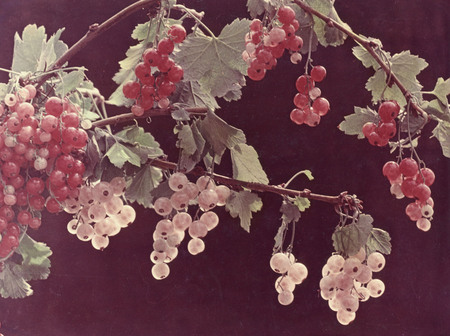
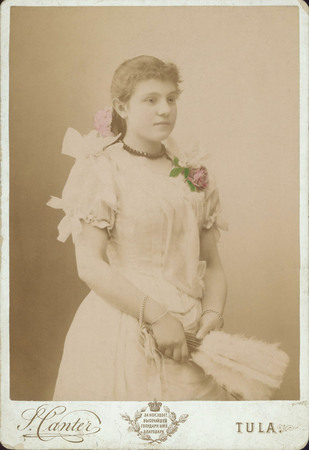
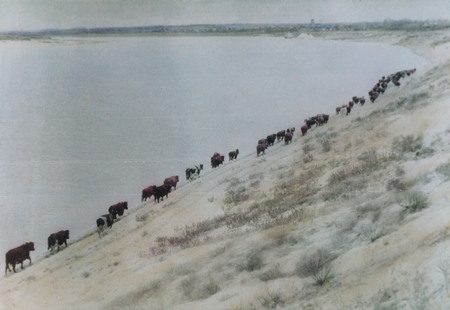
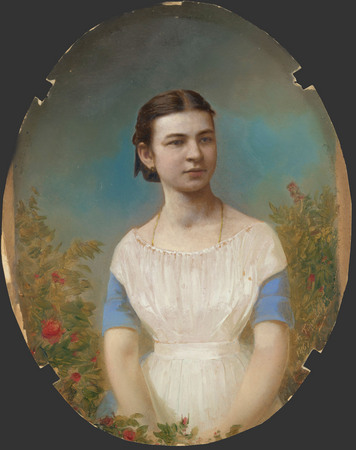
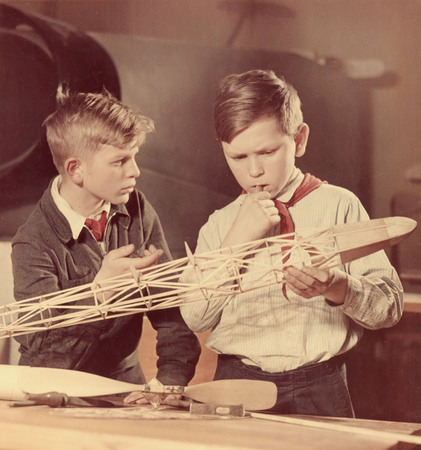
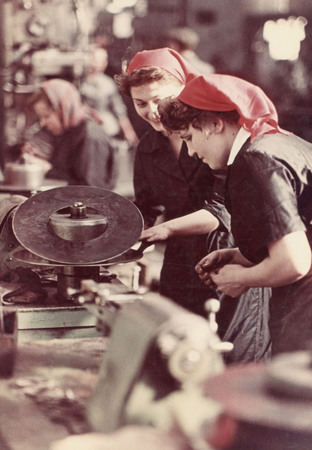
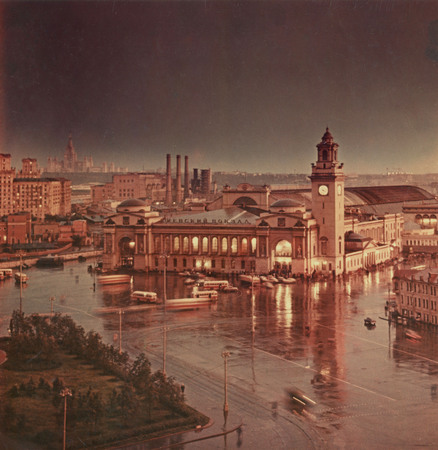
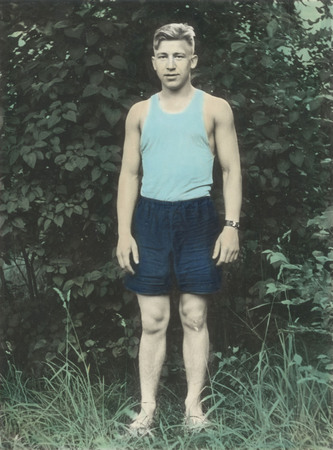
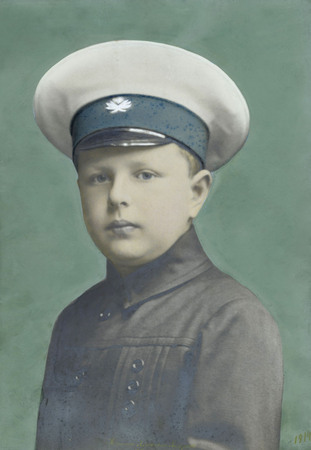
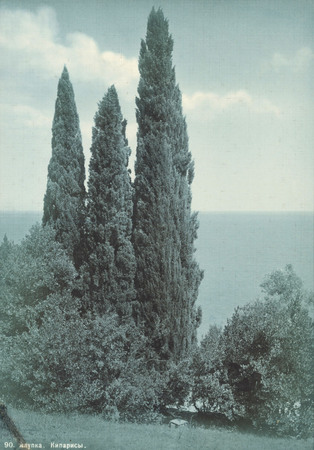
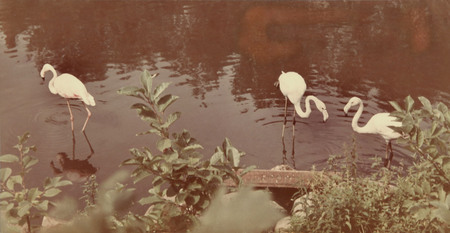
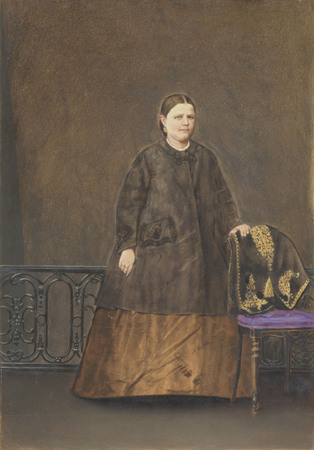
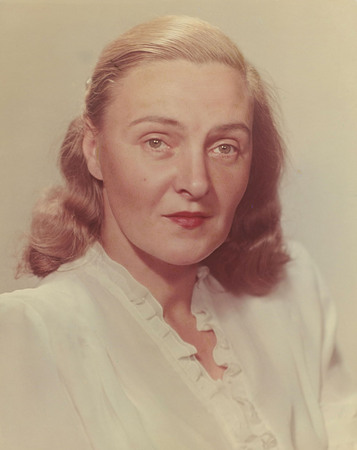
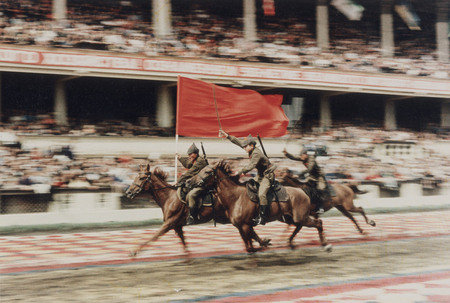
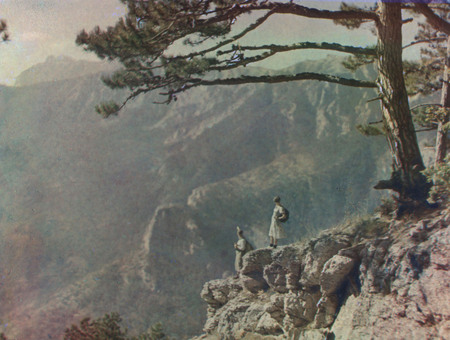
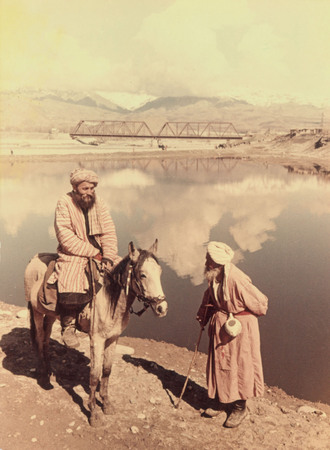
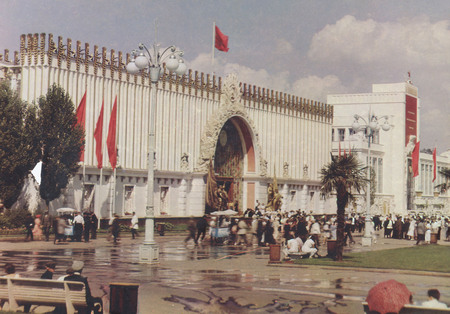
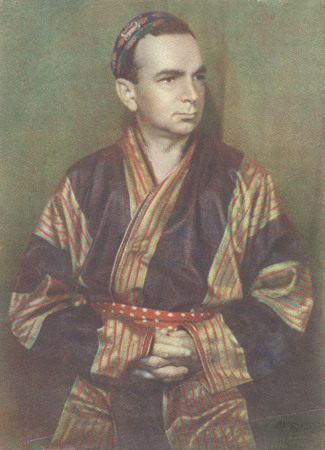
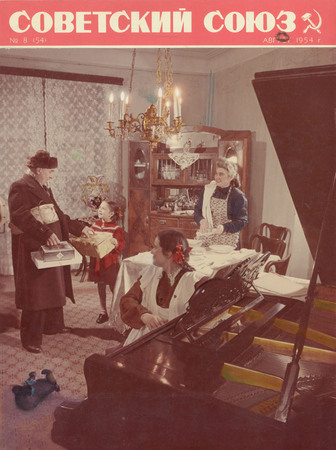
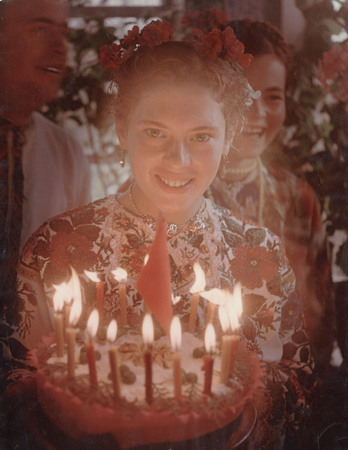
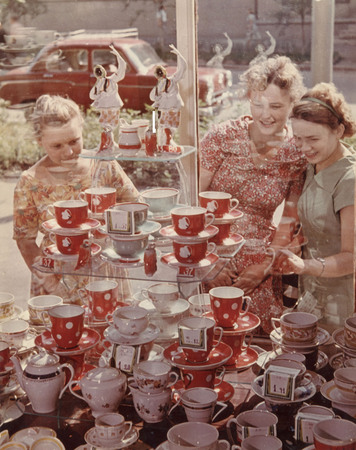
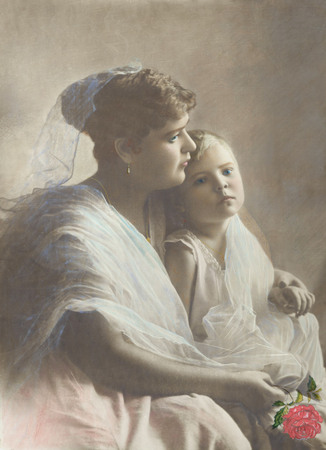
A. Bushkin. Currant. 1964. “Moscow House of Photography” Museum
I. Kanter. After the rain. Moscow. 1891. “Moscow House of Photography” Museum
Vasily Schepkin. Herd. 1960s. “Moscow House of Photography” Museum
A. Goravsky. Portrait of a young girl. 1867. “Moscow House of Photography” Museum
Dmitri Baltermants. And where is the mistake? 1950s. “Moscow House of Photography” Museum
Vsevolod Tarasevich. Scarlet kerchiefs. Beginning of 1960s. “Moscow House of Photography” Museum
Dmitri Baltermants. After the rain. Moscow. End of 1950s. “Moscow House of Photography” Museum
Unknown author. Photo-souvenir. 1953. “Moscow House of Photography” Museum
Alexey Mazurin. Portrait of son. 1914. “Moscow House of Photography” Museum
Vasily Sokornov. Alupka. Cypresses. 1903. “Moscow House of Photography” Museum
Yelizaveta Mikulina. Flamingo at zoo. 1959. “Moscow House of Photography” Museum
Unknown author. Merchantwoman. 1890s. “Moscow House of Photography” Museum
V. Rutman. Portrait of actress Yelena Kuzmina. Moscow. 1950s. “Moscow House of Photography” Museum
Lev Borodulin. Red Cavalry. Moscow. 1967. “Moscow House of Photography” Museum
Pyotr Klepikov. In Livadia. 1939. “Moscow House of Photography” Museum
O. Knorring. On Kafiringan river. Tadjik SSR. 1950s. “Moscow House of Photography” Museum
Unknown author. All-Union Agricultural Exhibition. Moscow. 1939. “Moscow House of Photography” Museum
Sergey Shimansky. Self-portrait in oriental robe. End of 1930s. “Moscow House of Photography” Museum
Vsevolod Tarasevich. Family of ZIL’s toolroom superintendent. Cover for “Sovetsky Soyuz” (“Soviet Union”) magazine. August , 1954. “Moscow House of Photography” Museum
Vsevolod Tarasevich. Cover of “Ogoniok” magazine. 1955. “Moscow House of Photography” Museum
Robert Diament. By the shop-window. 1960s. “Moscow House of Photography” Museum
Unknown author. Mother and child. 1900s. “Moscow House of Photography” Museum
Moscow, 21.03.2008—18.05.2008
exhibition is over
Central exhibition hall Manege
1, Manege Square (
www.moscowmanege.ru
Share with friends
From the collection of the Museum “Moscow House of Photography”, the Union of Photoartists of Russia and private collections.
This project is presented by the Museum “Moscow House of Photography”
For the press
The exhibition, bearing the metaphorical name «Primrose» or «Primula», represents a retrospective of various attempts, aimed at producing colored photographic images. This process began in Russia practically simultaneously with the discovery of the new medium itself — since the early 1850s and includes daguerreotypes painted with oil, black-and-white paper prints decorated with water-color, three-colored bromoil, hydrotypy, poligraphic print, carbro process, as well as the first strictly speaking color photo of the mid-20th century. Three-colored bromoil — toned pastel prints by V. Ulitin, S. Shimanski, P. Klepikov, belong to the pictorial trend in Russian photography. These artists, working primarily in such genres as landscape and portrait, turned to color mainly to tone their prints (preferring ochre and terracotta hues), on some occasions they also used water-color. Color here was not supposed to stress and point out, but, on the contrary, to smooth and weaken the sharp contrasts of black-and-white images of nature, of female faces and of the nude body.
The experiments of the Russian chemist and photographer S. Prokudin-Gorski, who studied under Mendeleev and who worked with the Lumiere brothers, are quite unique in the history of the medium. He invented the «method of three-colored photography» — projecting black-and-white plates through color filters. In order to transfer the image from the photo-plate to paper one had to go through a very laborious process involving lithography. This is why only a handful of Prokudin-Gorski’s shots, among which we can name the portraits of F. Shaliapin and L. Tolstoy, were published during his lifetime.
The coloring technique, based on the traditional methods of craftsmen who added color into a certain contour design, has determined a whole independent trend in the history of photography. This is mass, provincial or home-made art. If in the 19th century, in the most important photographic studios, the shots would be painted, an approach inspired by classical engraving and water-color, using the photo print as a basis, in the 20th century this was practiced everywhere. The technique was used to make «post-card» landscapes and portraits. Photographers-craftsmen traveled around provincial Russia, shot black-and-white cards, transferred them into large format and painted them with aniline dyes. This type of likeness decorated the interiors of peasant houses and cemetery monuments. The same technique was also used by Soviet propaganda — colored photos were essential in creating official portraits of actors, heroes, chiefs. The latter included the most famous image of I. V. Stalin (by Shagin and Semionov). In this case photographic reality was idealized with the help of the techniques of painting.
The post-modernist aesthetic, approaching popular mentality with a large dose of irony, created the next stage, when this technique began to be used by «high» art. A remarkable example of this approach would be «Luriki» by Boris Mikhailov (late 1970s), turning mass kitsch inside out, followed by other works by R. Piatkovski, V. Stasiunas, etc.
Color photography per se exists in Russia since the middle of the 20th century. I. Shagin, V. Tarasevich, Y. Khalip, D. Baltermants, R. Diament — these photographers were masters of photo-report, turning to color film for documentary purposes. All of them were trained to set up a composition and to work with contrast on a black-and-white basis. This is why color, sometimes, interferes with the adequate perception of their work and breaks up the clear design of the shot. Nevertheless, the marvelous palette of these photographs, the warm tones combined with the soft focus make the Soviet colored photo-report a unique phenomenon in the world.
Only in the 1990s Russian photographers began to use color as an independent means of expression (S. Chilikov, A. Sliusarev, F. Infante, etc.). But even today both artists and photographers turn to the toned prints of pictorialism (A. Yerin, I. Makarevich) and to the traditional craftsman’s coloring techniques (V. and E. Samorodov), acknowledging the potential of the earlier experience in the field. So the retrospective of the Russian «Primrose» can be viewed as a journey through various techniques and genres, meanings and messages, mass practices and individual experiments.



